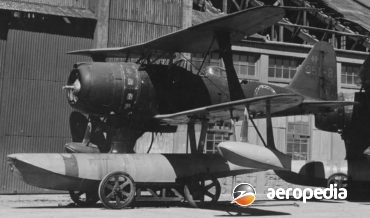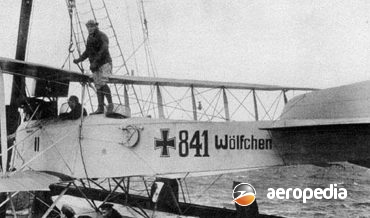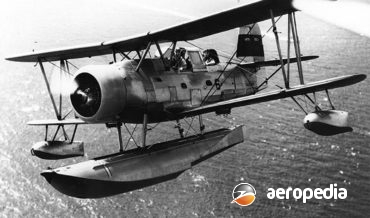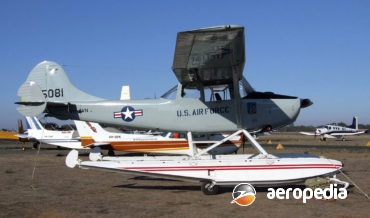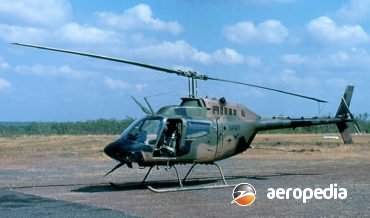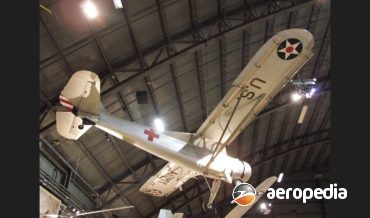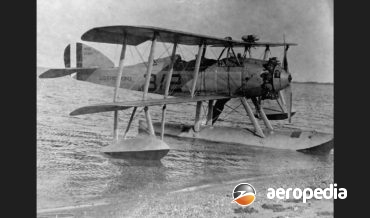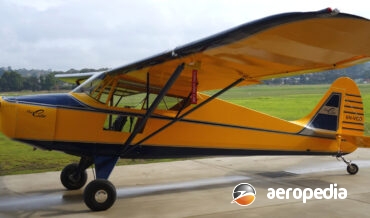All Contents
Contents
In the 1930s, as part of its interest in the Pacific region, Japan saw the need for floatplanes to operate from sheltered waters of the south Pacific islands in its future campaigns.
David C. Eyre
- May 19, 2019
Friedrichshafen Flugzeugbau GmbH was founded in 1912 in the town of that name on Lake Bodensee, this area being famous for its construction of the Zeppelin airships.
David C. Eyre
- May 19, 2019
The SOC Seagull was a two-seat scout / observation aircraft designed by Alexander Solla and built for the US Navy by the Curtiss-Wright Corporation.
David C. Eyre
- May 19, 2019
In 1950 the Cessna Aircraft Company of Wichita, Kansas, won a competition for the design of a liaison and observation monoplane for the US military services with the Model 305A, a development of the commercial Model 170 with similar wings, tail unit, and landing gear.
David C. Eyre
- May 19, 2019
The US Army in 1960 issued a proposal for a light observation helicopter and Bell Helicopter submitted a variant of the Model 206, which became the YHO-4A.
David C. Eyre
- May 19, 2019
In 1940, in response to a US Army requirement for a two-seat unarmed light observation aircraft, Stinson produced the Model 74 and three examples were produced as the YO-49 and evaluated against the Bellanca YO-50 and the Ryan YO-51.
David C. Eyre
- May 8, 2019
The Vought UO-1 was designed as a two-seat observation biplane for operation from ships of the United States Navy fleet and to be fitted with a single centre float and outrigger floats, to be catapulted off the ships and make unarmed reconnaissance, returning to the ship and landing on the
David C. Eyre
- May 8, 2019
During World War II, to permit German plants to be used for the production of fighters and bombers, the German RLM decided to transfer production of lesser important aircraft to other countries, the types involved including the Fieseler Storch.
David C. Eyre
- May 8, 2019
The Interstate Cadet was a two-seat in tandem high-wing single-engine monoplane produced by the Interstate Aircraft & Engineering Corp based in El Segundo, California and during 1941 and 1942 a total of about 320 examples was produced, mainly for the US military.
David C. Eyre
- May 8, 2019
Recent Comments
Archives
Categories
- No categories
Categories
- No categories
Latest Posts
Newsletter

